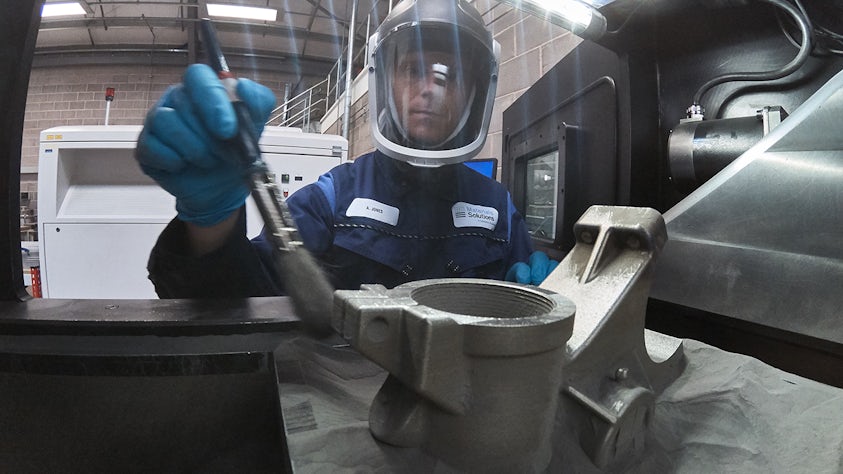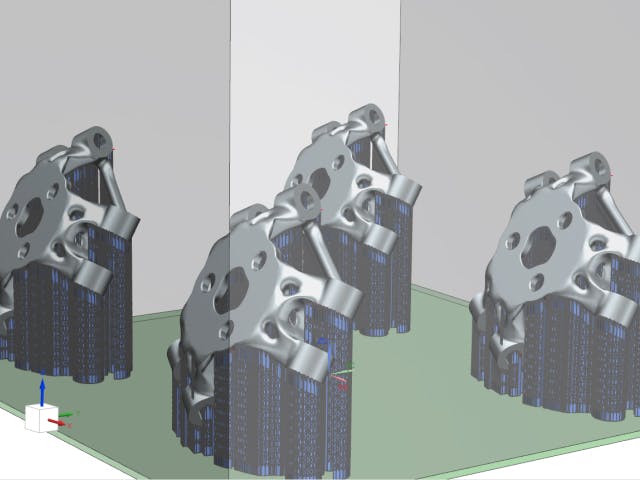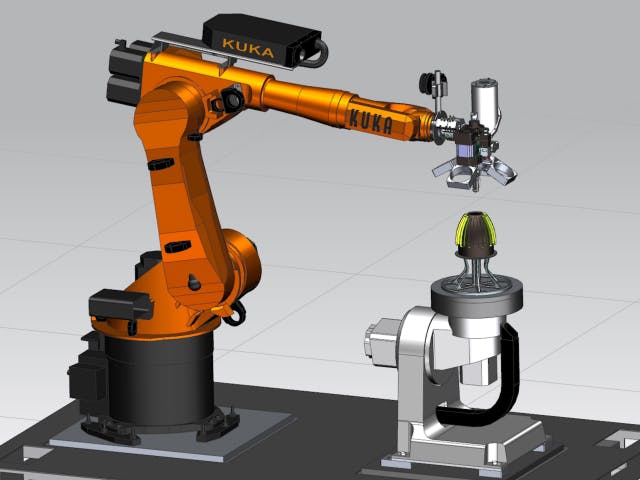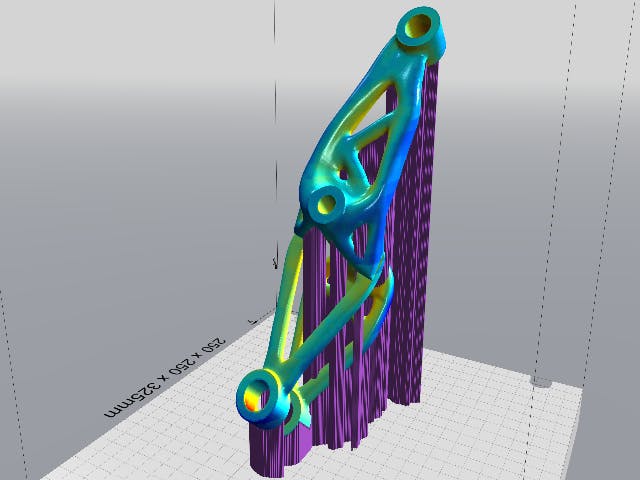Industrial 3D printing or additive manufacturing (AM) is a manufacturing method for creating of a physical product from a computer-aided design (CAD) digital file. Thin layers of material are deposited incrementally until the object is complete. The process is the opposite of traditional or subtractive manufacturing, where a product is cut from material. 3D printing produces less waste, requires no tools or molds, allows customization of each output and enables complex designs to make their way to market faster than traditional processes. A wide range of industrial or consumer printers use diverse materials - with plastic, metals and alloys being the most popular - to produce prototypes and final parts rapidly.
Related products: NX AM Fixed Plane | NX AM Multi-Axis | NX AM Build Optimizer



